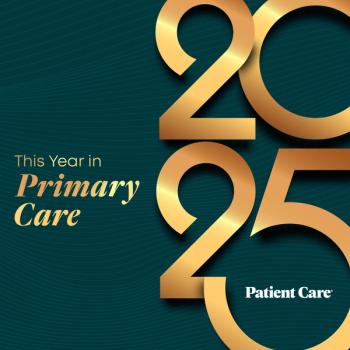
Maternal Mortality Due to Cardiovascular Disease More Than Doubles in the US
ACC 2025: Black women and women in Southern states faced significantly higher rates of maternal mortality, according to a new study.
Maternal mortality attributed to
The US has the highest
“We’re heading in the wrong direction. The United States is supposed to be a global leader in advancing health and medicine, and the fact that we still have pregnant women who are dying—often because of preventable causes—should sound alarm bells,” lead author Mohammad Ahabab Hossain, MD, a resident physician at Rutgers New Jersey Medical School in Newark, New Jersey, said in an ACC press release. “The fact that there are disparities based on race means we need to pay better attention to more vulnerable populations, specifically Black women.”
Hossain and colleagues identified a particularly high increase in maternal mortality during the
"While the addition of the pregnancy checkbox on death certificates complicates the comparison of maternal mortality pre- and post-2018, what remains certain is that maternal deaths due to cardiovascular causes remain unacceptably high," Hossain said in the press release.
From 2018 to 2022, Black women experienced a maternal mortality rate of 21.9 per million, approximately three times higher than the 7.1 per million rate observed among White women. Geographically, maternal mortality was highest in the South (12.1 per million) and lowest in the West (5.4 per million). Socioeconomic factors, health care access disparities, and a higher prevalence of cardiovascular risk factors were cited as contributors to these disparities.
“Part of the reason this is happening is because heart disease and hypertension are becoming more and more prevalent, as are the conditions that are connected to heart disease, like diabetes and obesity. As a result, we wind up with more high-risk pregnancies,” Hossain said. “However, a lot of this is preventable. If a patient has a history of hypertension or other preexisting cardiovascular disease, that patient should be connected with a high-risk obstetrics clinic to receive the care they need.”
Researchers emphasized the importance of improving access to prenatal and postpartum care, particularly for high-risk patients. Increased
One limitation of the study was that maternal mortality was calculated as a ratio of cardiovascular-related maternal deaths to the total number of women of reproductive age (15-44 years) rather than the number of pregnancies per year. As a result, the reported rates may underestimate the true burden of maternal mortality.
Hossain will present the study, “Trends and Disparities in Cardiovascular-Related Maternal Mortality in the United States: 1999-2022,” on Saturday, March 29, 2025, at 9:30 am CT in Moderated Poster Theater 9.
Newsletter
Enhance your clinical practice with the Patient Care newsletter, offering the latest evidence-based guidelines, diagnostic insights, and treatment strategies for primary care physicians.




























































































































































































































































































